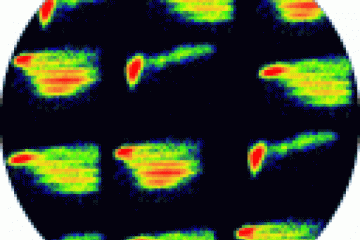CRACK IT Challenge
Cytokines: Improving the predictive capacity of in vitro cytokine release assays to reduce animal use and drug attrition

At a glance
Completed
Award date
December 2011 - September 2015
Contract amount
£500,000
Contractor(s)
Sponsor(s)
R
- Replacement
